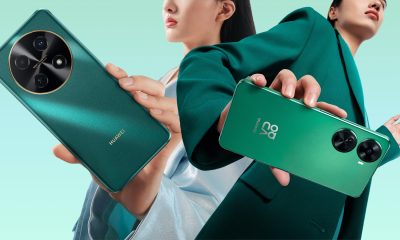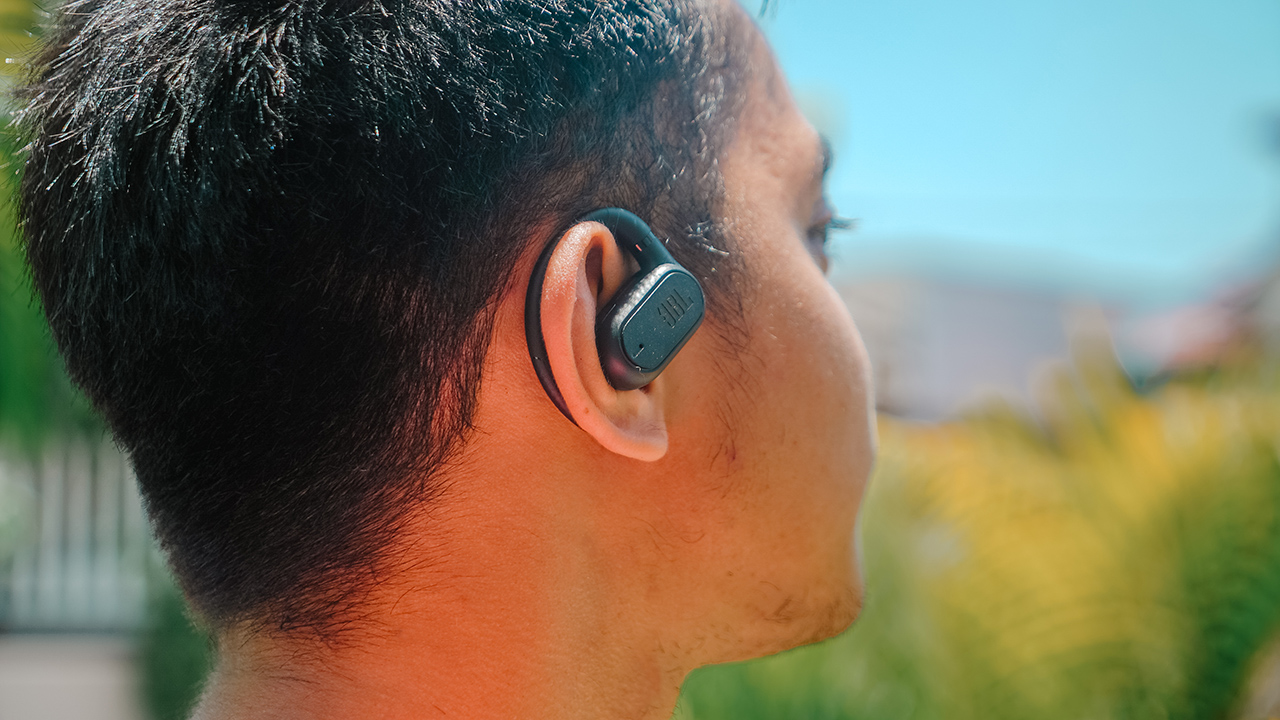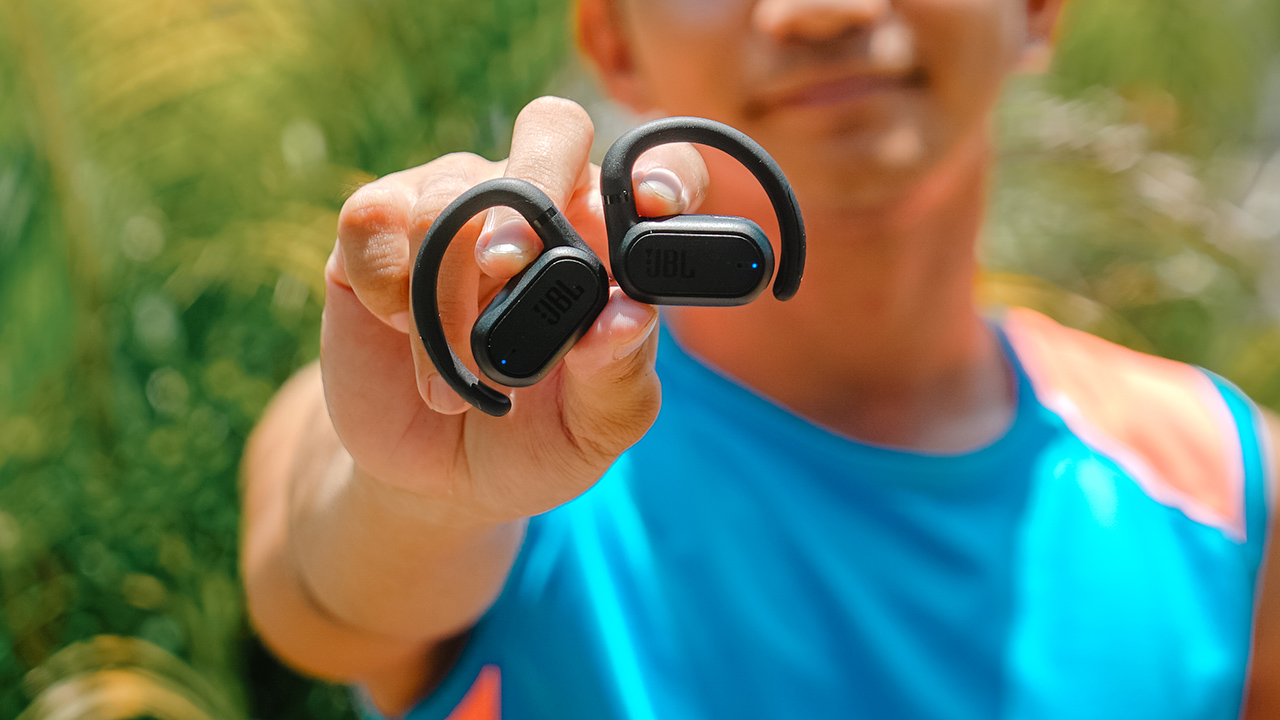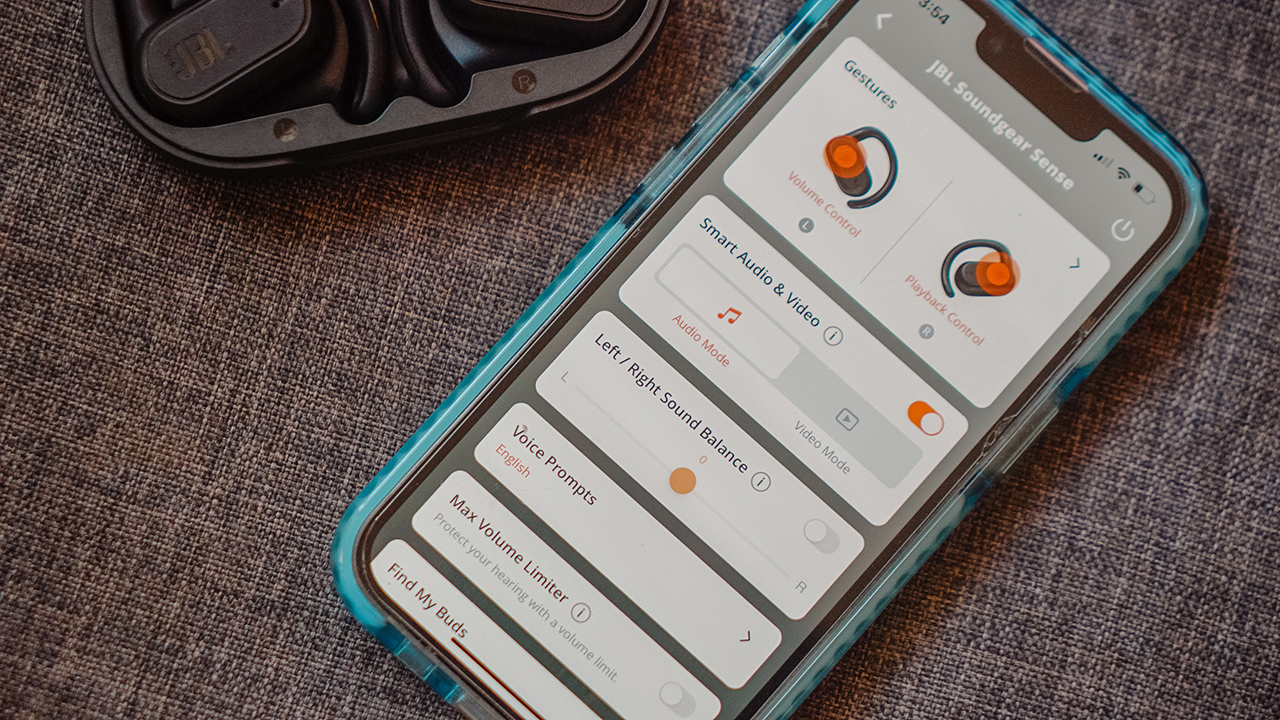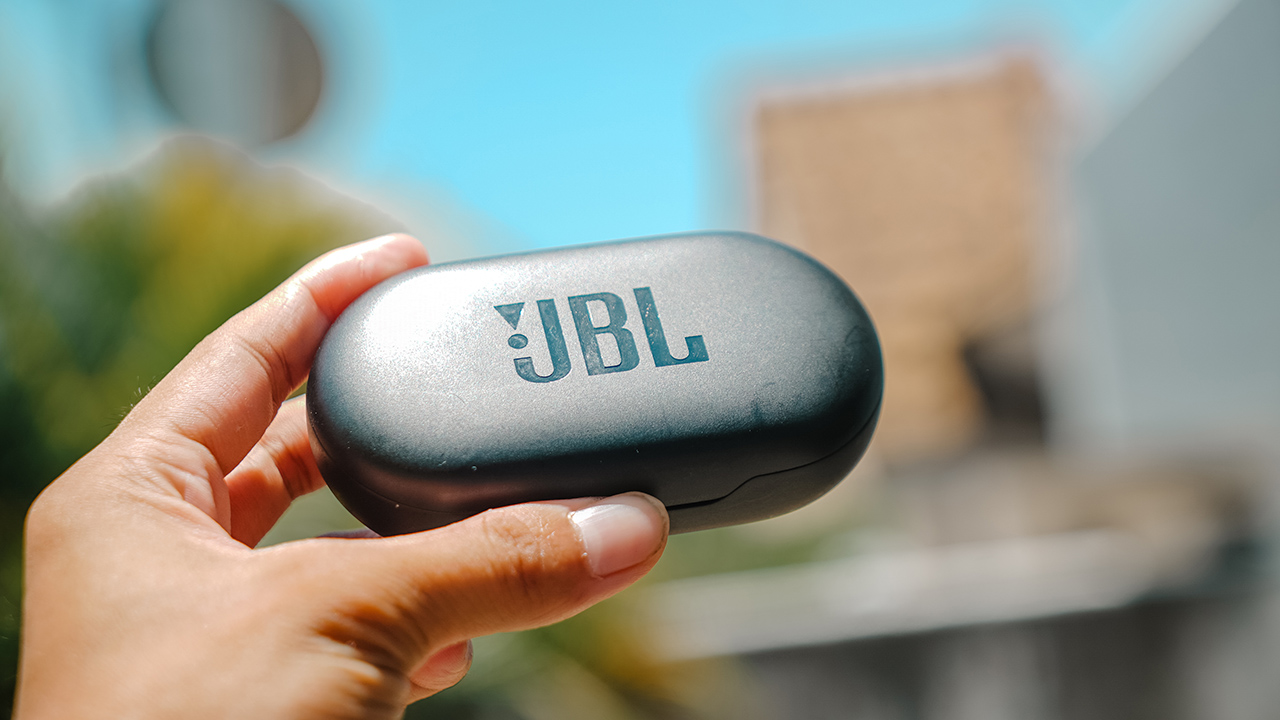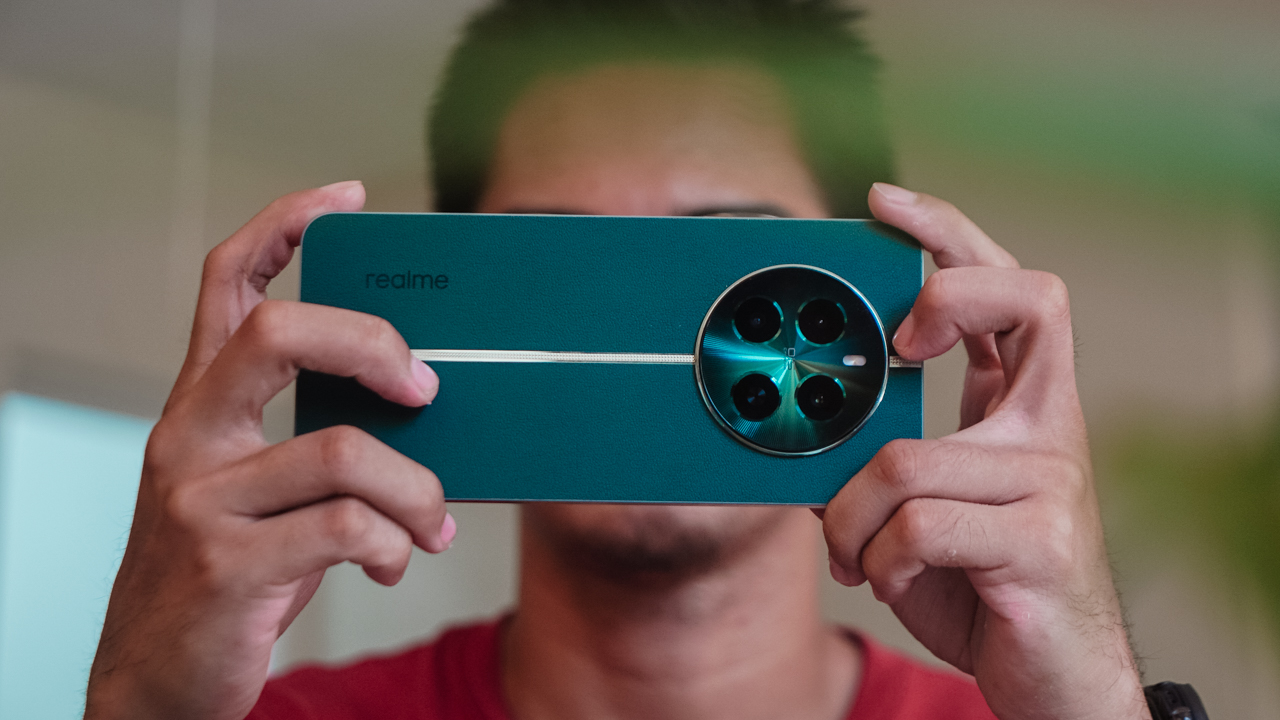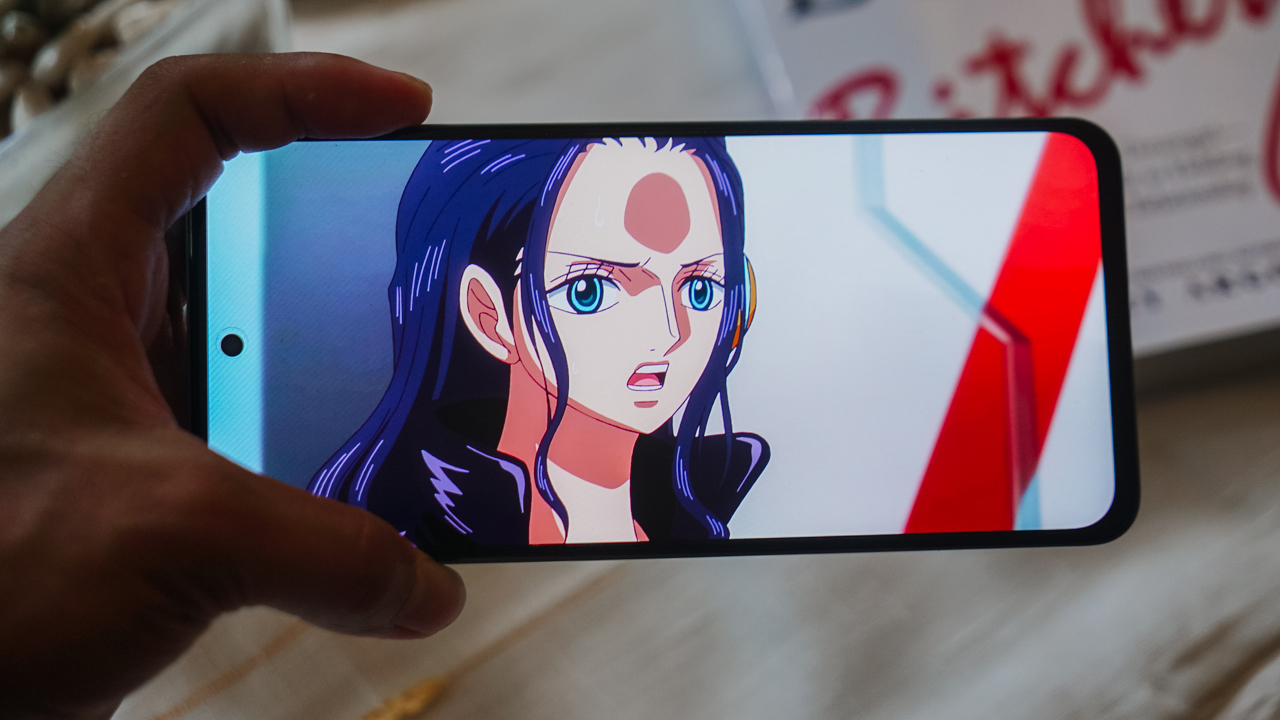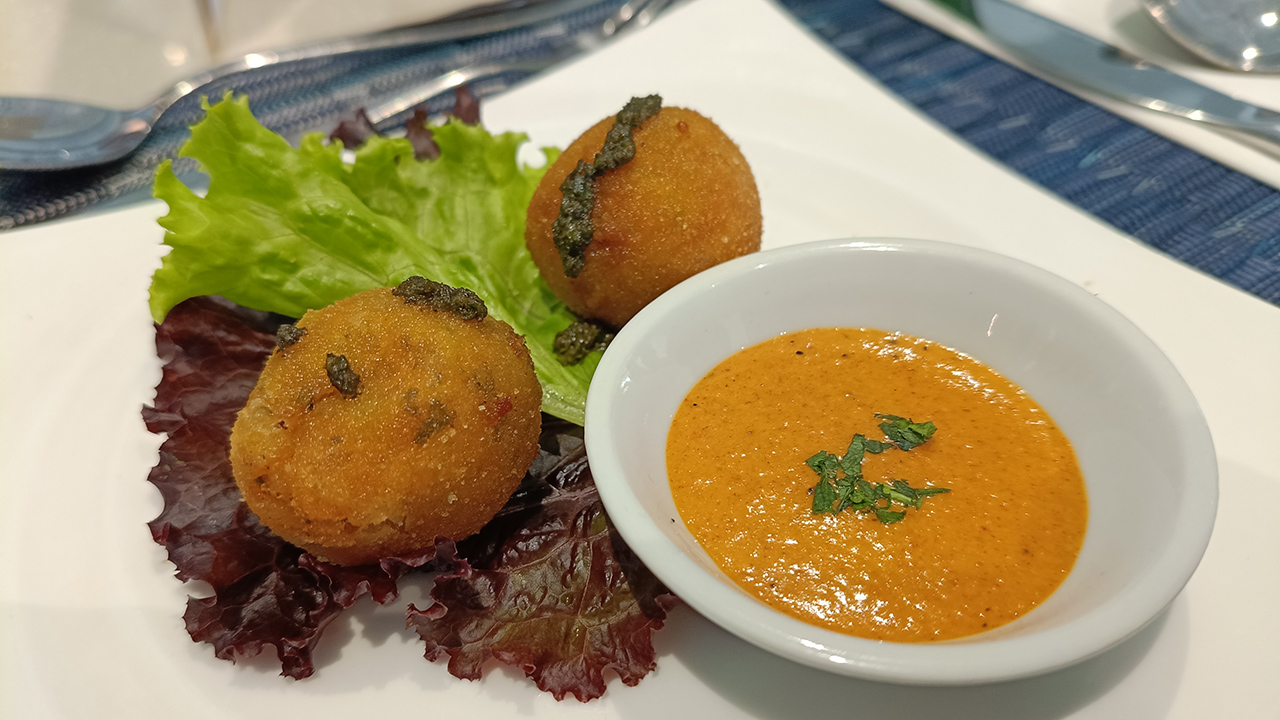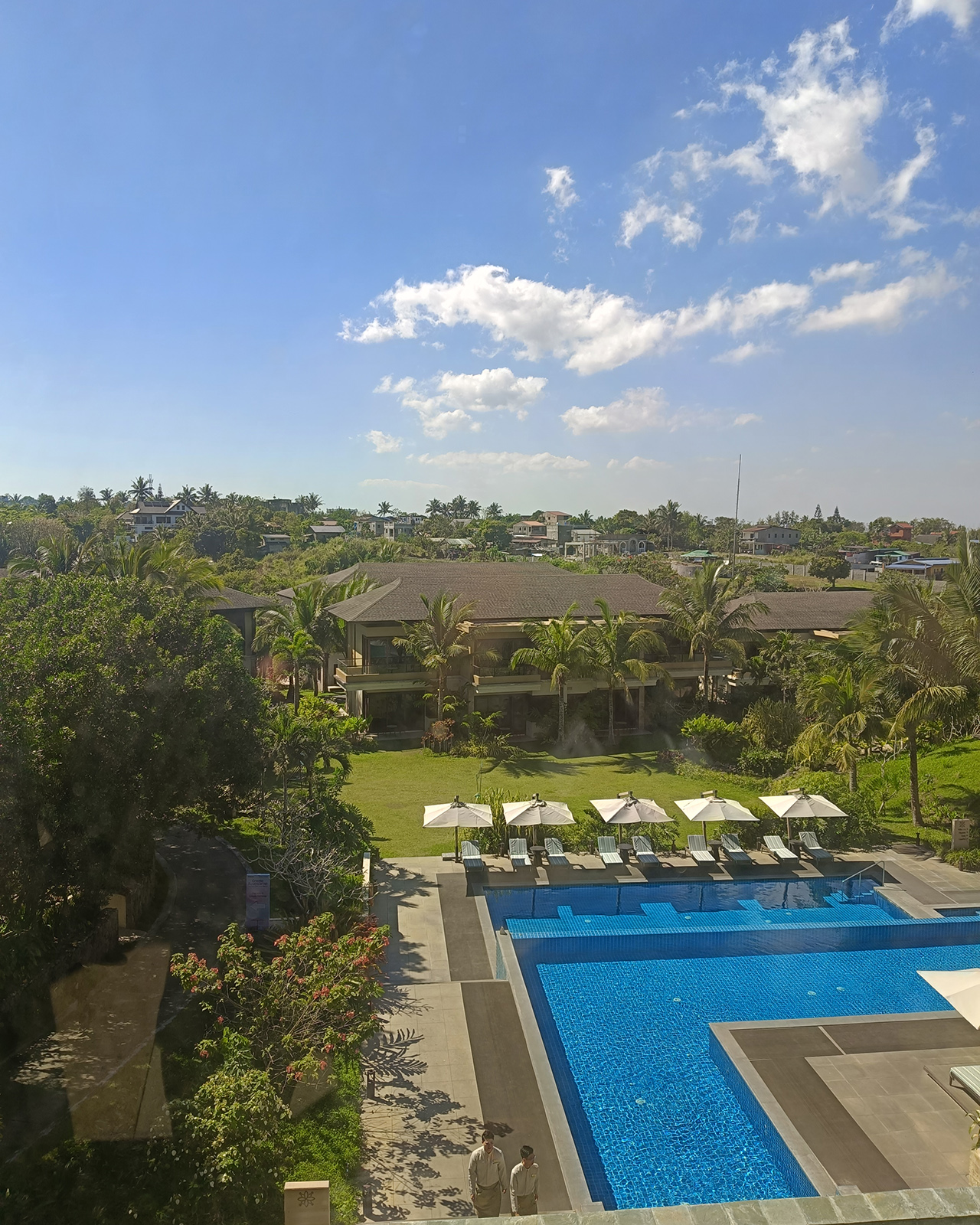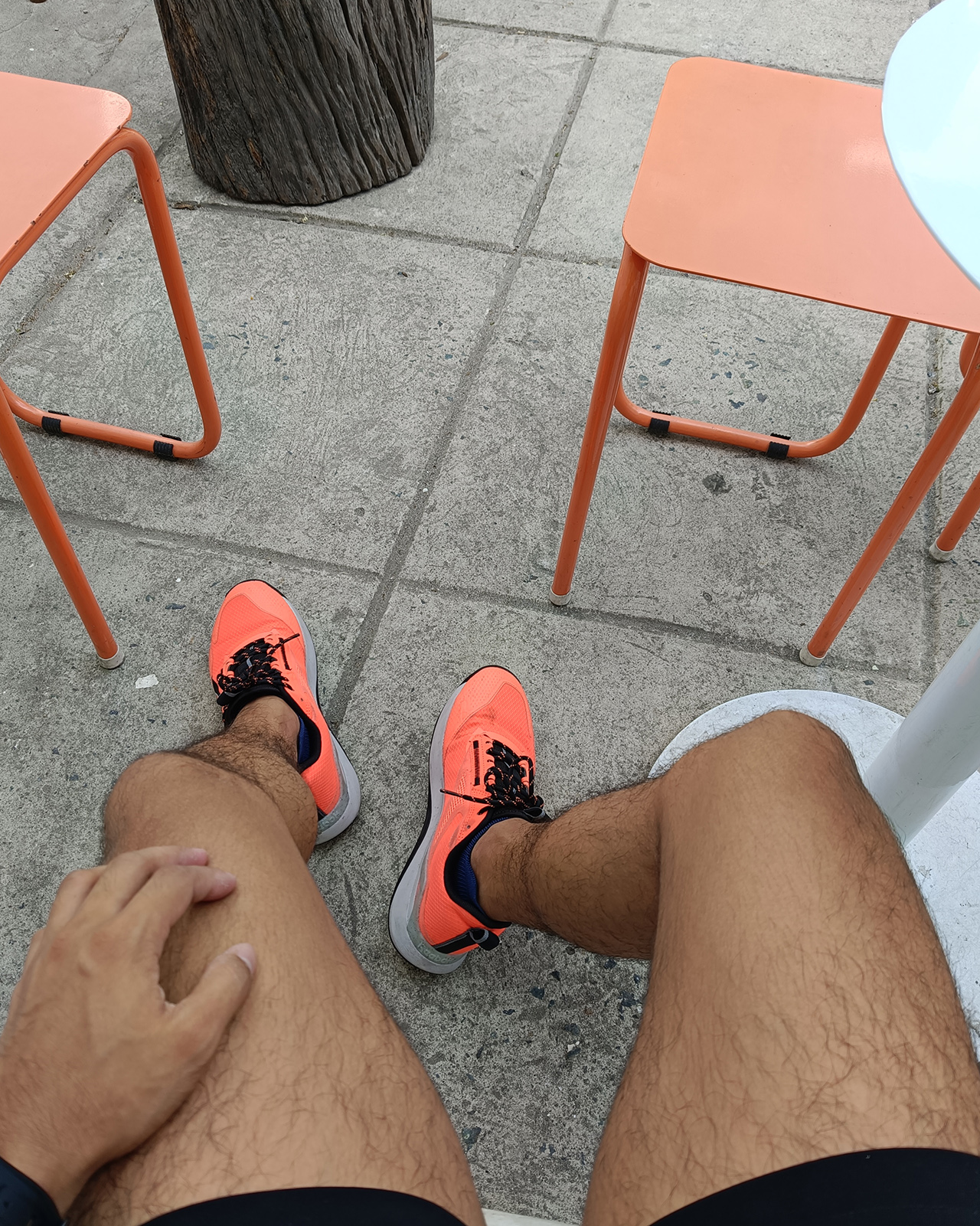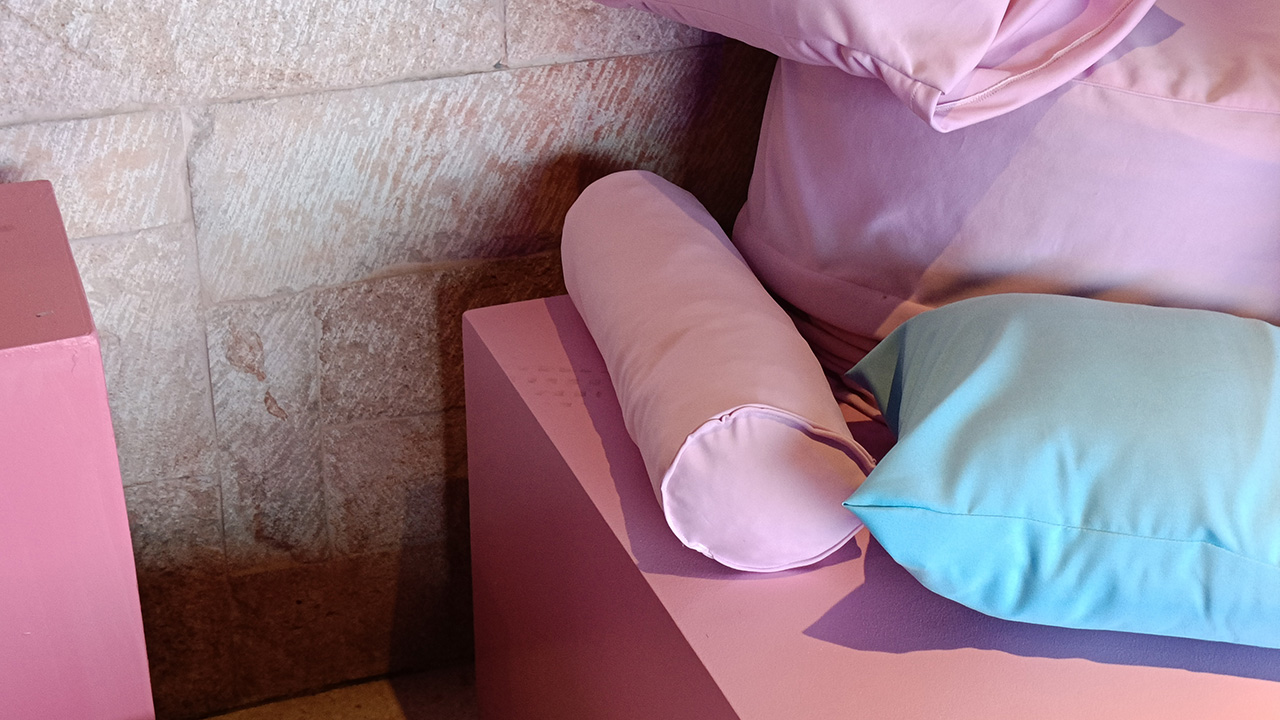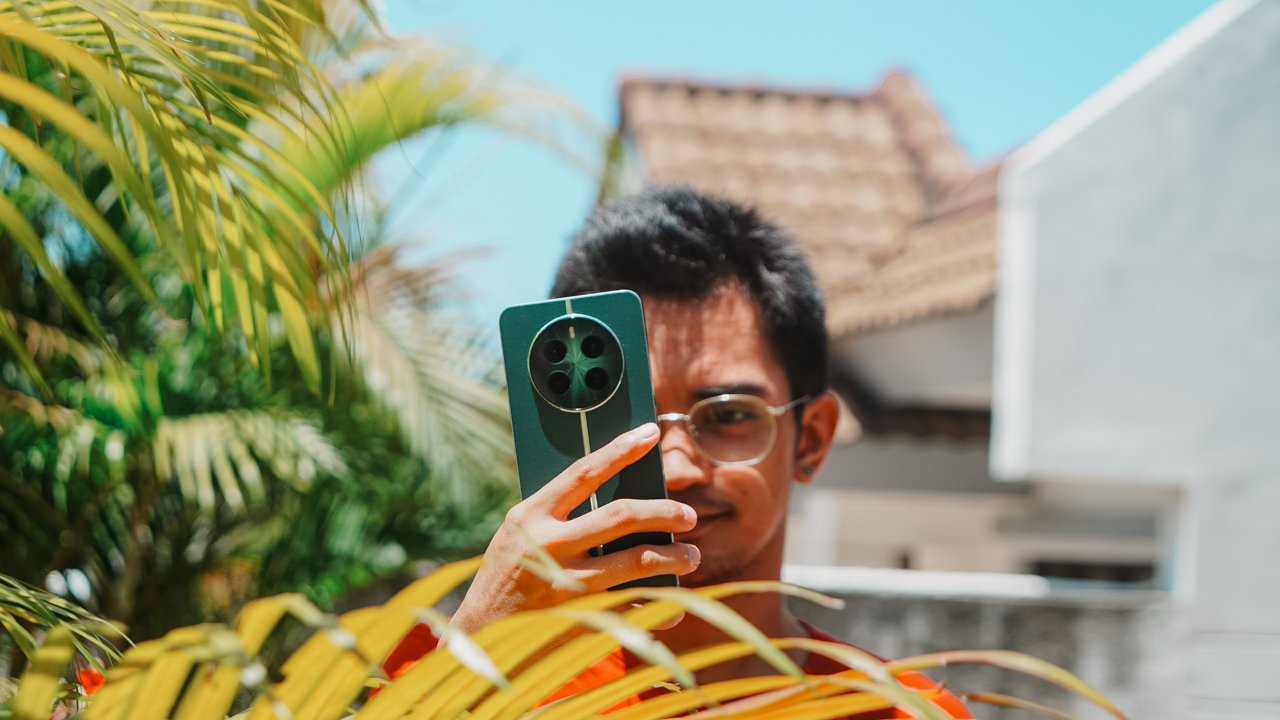

After the Mate 20 Pro launched, I wondered how Huawei would differentiate the latest Mate from the next P-series phone. The Mate 20 Pro has everything, including all the features missing from the P20 Pro. It was simply complete.
Seeing the P30 Pro for the first time, the P20 Pro’s previous hype — and the Mate 20 Pro, by extension — wasn’t there. I wondered: How exactly is this better than the Mate 20 Pro aside from a higher DxOMark score?
I was also hesitant switching from the Galaxy S10+ to the P30 Pro as my daily driver. Samsung’s flagship became a personal favorite of mine. There were certain things that hit me after moving my accounts to this Huawei phone.
It’s heftier than the Galaxy S10+. It wobbles when laid flat on a table because of the camera protrusion. It has no 3.5mm audio port or stereo speakers. And, Huawei’s EMUI skin still isn’t at the level of other Android coatings.
Yes, these are minor complaints that go away with a week’s worth of use. Still, these little things can make or break the experience. They can question a user’s pricey purchase from the get-go.
But then, I fired up the camera app and all my doubts became background blur.
I won’t get into the technical aspect anymore. (We have a full hands-on for that.) So, let’s look at what the P30 Pro can really do.
By now, from the countless advertisements and testimonials, everyone knows that the amazing zoom capability — going from ultra-wide 0.6x to 50x — is the P30 Pro’s highlight. While reaching the max results, zooming to 10x hybrid zoom is actually quite usable.
As many tech reviewers have said, the 50x zoom is a bit of a gimmick and quickly loses its magic after a couple of weeks. It does, however, come in handy when you really need it, like for this moon shot:
Another one of the P30 Pro’s specialties is night mode, which became a staple Huawei feature since the P20 Pro. With the new quad Leica system, there are noticeable improvements, but not by much compared to the Mate 20 Pro.
Many would agree that the Pixel 3 has a smarter implementation with Night Sight, which is better at retaining colors in darkness, but the P30 Pro is the king of illuminating subjects with close to no light. There have been numerous occasions wherein auto mode was more than enough, and I didn’t even need to swipe towards night mode.
In general, auto mode did the trick every time, both for the front and rear cameras. I tried my best to love Huawei’s AI scene optimizer this time — it didn’t work out with all their past phones for me — but I just couldn’t take its insistence to darken subjects, blur out every single background, and take its sweet time doing so while I try to shoot a moving object.
What can you say about the P30 Pro’s selfie capabilities? 🤩 pic.twitter.com/0QzuCkJ8JK
— GadgetMatch (@gadgetmatch) May 5, 2019
Lots more can be said about the P30 Pro’s cameras, but all you really need to know is that there’s no better set of smartphone cameras in the current market. DxOMark hit the nail on the head this time and few would disagree.
If you need more convincing, look no further than my tour around Paris with the P30 Pro. This piece proves just how capable the premium handset is at being an all-in-one device. Not once did I think of taking out my mirrorless camera to snap a photo of a landscape or person. When I did, it was only for picturing the phone itself.
But then you have to wonder if there’s anything more to the P30 Pro than just its spectacular cameras. Yes, there definitely is, but it’s not much different from what we’ve already seen on the Mate 20 and P20 lineups. Most features, from reverse wireless charging to EMUI 9.1 and SuperCharge, are unchanged.
Not to say that reusing tried and tested formulas are bad, but this doesn’t spark joy either. When comparing the P30 Pro to the Mate 20 Pro and P20 Pro, you’d be forgiven for thinking that the newest model is simply a combination of the two previous flagships, carrying over the curved OLED panel and high-end processing power.
However, Huawei didn’t leave out refinements. The P30 Pro is much comfier to hold with more ergonomic curves; a vibrating screen replaces the need for an earpiece during calls and works great; plus, the display’s notch is at its smallest size yet. In addition, the Kirin 980 chip is more optimized and runs smooth thanks to the 8GB memory and 256GB storage.
Huawei somehow also found a way to increase battery life even further. While the Mate 20 Pro was the endurance champ of 2018, the P30 Pro is 2019’s frontrunner. I use my phone tirelessly for browsing, writing, editing, hotspotting, picture taking, and gaming on the go, but the P30 Pro never asked for a full charge until the day ended. Getting upwards of six hours of screen-on time is expected here.
At the same time, some aspects feel inadequate for a flagship smartphone at this point. Aside from the issues mentioned at the start of this review, the P30 Pro isn’t stellar at video shooting. While it’s great to have that ultra-wide-angle lens to cover more, audio recording isn’t always on point, and it sucks to lack 4K shooting at 60fps.
When the band plays your favorite song #GOAT 🐐
📸: @HuaweiMobile #P30Pro pic.twitter.com/fi6XGO2BC0
— Marvin Velasco (@labacnotan) April 13, 2019
Finally, the under-display fingerprint scanner needs to improve faster. We’re a couple of generations in. I still wish manufacturers would stick to the capacitive type found in older models like on the P20 series. The convenience is already here, but the speed and accuracy aren’t.
Is this your GadgetMatch?
If you value camera performance more than anything else in a smartphone, you really don’t have to look any further. The P30 Pro is 2019’s top camera phone so far, and it would take a lot to dethrone it. And even if the Mate 30 Pro beats it later this year, this set of cameras will stand the test of time, similar to what the P20 Pro has been doing.
Unfortunately for Huawei, the Galaxy S10+ is equally fantastic, and checks boxes that the P30 Pro doesn’t, such as the audio port, faster reverse wireless charging, and better overall feel for the exterior and Android UI. Until the OnePlus 7 and Pixel 4 come out, it’s these two flagships you’d have to choose between at the top.

Running has been a form of meditation for most people. To some, it’s a time where your mind goes blank, allowing you to have a break from your stimulated mind.
For others, like yours truly, it’s a moment to sort out thoughts and emotions after having a preoccupied day. A common denominator between runners is doing the activity alone, accompanied only by their smartwatches, a hydration flask, and good music.
I’ve been using true wireless earbuds to accompany me on my runs, but the advent of JBL Soundgear Sense piqued my curiosity.
What is it like to use open-ear headphones when out for a run? To find the answers, I used the Soundgear Sense during my ongoing race season.
Take the long way home
As I put on mileage for my upcoming races, I have been required by my coach to add more slow runs to improve my aerobic base. That entails long, boring runs for an hour or two.
Imagine the agony of finishing a minimum of 10-kilometers by relying on your heart rate and not your pace. That was when I sought solace from the JBL Soundgear Sense.
I didn’t realize that having open-ear headphones would allow me to take on scenic and busy routes without worry that a car might hit me.
Unlike when I use true wireless earbuds that fit snugly in my ears, the Soundgear Sense are hooked and clipped on the curve of my ears without covering the ear canal.
This allowed me to hear my surroundings while still enjoying my favorite songs from Taylor Swift and BINI, a rising P-pop girl group.
Open but still private
Even if the Soundgear Sense has an open-ear design, rest assured that there’s zero sound leakage. JBL’s OpenSound technology made sure that the sound pressure is directed through waves towards the ears, while also reducing sound dispersion.
There’s a certain shame in having people find out whom you’re listening to. Maybe because you don’t intend to share the music you’re enjoying. But if you opt to share your jam, might as well have a Bluetooth speaker, right?
That’s why I liked the idea of keeping it open but still private — in relationships and my wearable. I get to enjoy “Pantropiko” and “Salamin, Salamin” by BINI all by lonesome, while still attuned to my surroundings.
It also helps that each earbud has a 16.2mm driver with a unique bass-enhancing algorithm. The sound allowed me to immerse myself in the songs I was playing, but still aware of the external noises of the streets. Somehow, the Soundgear Sense felt like a second, inner voice whispering thoughts through music.
Hybrid design for hybrid athletes
I don’t just run. I also lift on the same day right after running. Being a hybrid athlete allows me to prepare my body from the demands of multi-sports training and partaking on a Spartan race.
I like how the Soundgear Sense has a hybrid design that makes it apt for different type of workouts. Its adjustable earhooks are clipped perfectly, which doesn’t fall off even when I’m doing plyometrics. It’s also steadily in place even if I sprint and/or do some speed training.
Even when I’m heavily sweating, the Soundgear Sense didn’t slip off. With an IP54 rating, it’s dust-, splash-, and sweat-resistant.
Also, the way it’s designed is secured to fit on whatever activities you have, regardless of sweating. Except gymnastics and parkour, though.
The Soundgear Sense might fall off after you hang or flip from those extreme activities that require being suspended in the air.
For added security, there’s an included neckband inside the box. However, I hate having something dangling on my nape so I never used it.
Moreover, I couldn’t last more than an hour having it clipped even with a supposed hybrid design. It hurts my ears eventually, and I feel like someone was pinching my ears and I couldn’t do anything.
If I have runs for more than an hour, I’d opt not wearing both earbuds.
Easy connectivity
One thing I like about JBL is how easy it is to connect your wearables to your smartphones, be it an iPhone or an Android.
Once both devices are paired, flipping open the case will instantly connect the Soundgear Sense to your smartphone.
While running, I don’t have to constantly check my phone since the Soundgear Sense, along with my Garmin epix Pro (Gen 2), helps me stay connected. With just a single flick on the earbud, I can control my music, volume, and calls.
My friend, Betty, called me one time while I was out for an easy run and she barely realized I was running until I gasped for my breath when running on a steep incline. It’s convenient to have crisp and crystal-clear calls within your reach.
And to make it more convenient, the touch controls can be personalized to your liking. On the left earbud, it’s usually the volume control.
One tap and it increases the volume, while double tapping decreases it. When someone calls, you can double tap to respond or you can tap and hold to reject the call.
The right earbud uses the same call control, but it’s automatically set for playback control. You can switch earbuds depending on the gesture you prefer.
All of these customizations can be done using the My JBL Headphones app.
Definitely long lasting
I have had the Soundgear Sense for two weeks now, and both earbuds still have a half battery life from a single charge. As of writing, the left earbud still has 51% while the right earbud has 56%.
Thanks to its charging case, both earbuds keep recharging every time they’re stowed inside.
But if you’re wondering why the left earbud has a lower battery life, it’s not because I spend too much time watching adult-rated content.
A lot of times, I run with just the left earbud clipped on my ear to stay alert from my surroundings. Even with OpenSound technology, I tend to get lost in the music I’m listening to whenever I have both earbuds hooked.
Considering I’ve amassed more than 70km of running mileage for two weeks with almost 10 hours of running, the Soundgear Sense surprised me with its battery life.
I haven’t charged it since then, which made me wonder how fast it would really be, if I get to drain it down to zero and juice it back up to 100. Perhaps, stay tuned on my Instagram and TikTok accounts?
The Soundgear Sense is expected to let you listen wirelessly for up to 6 hours. You get an extended life of another 18 hours through the charging case. A quick 15-minute charge through the Type-C port gives an additional 4 hours of music.
Is this your GadgetMatch?
For an athlete, the JBL Soundgear Sense surely makes every run magical. The design and technology were innovated with runners in mind. The device integrates seamlessly to any type of active lifestyle.
It will boil down to preference, whether you enjoy an open-ear design clipped onto your ears or you’d enjoy an earbud blocking your ear canal.
As for me, I think I’ll switch and pick the Soundgear Sense to accompany me in my race season. It helps me immerse myself in good music, stay connected, while keeping me attuned to my surroundings. This ensures my safety when out for a run.
It’s easily a GadgetMatch for all types of athletes dedicated to fulfilling their training assignments. It’s also for fitness enthusiasts entering their “runnerist” era.
The JBL Soundgear Sense retails for PhP 9,499. It is available via JBL’s website and select, authorized retailers.
Reviews
realme 12+ 5G review: One month later
What is it like to spend a month with a midrange smartphone?

What is it like to spend a month with a midrange smartphone?
For someone spoiled with high-end, flagship smartphones, a watered-down experience terrifies me. I couldn’t fathom using just a midrange smartphone, even if I’m counted as a casual user.
But spending a month with the realme 12+ 5G gave me a new perspective on what midrange smartphones at 2024 can do.
Powerhouse at a fraction
A lot of times, I’ve used the realme 12+ 5G to play Mobile Legends: Bang Bang. I know, I know. It’s 2024 and I’m still playing the same old MOBA but it’s a game I know all too well that helps me de-stress after a long day.
See, I’m an athlete balancing my work and life. Sometimes, I just want to rot in bed while playing on my phone.
The realme 12+ 5G helped keep me sane thanks to its lag-free gameplay. Not once did I feel any heat or slowing down even while playing in an Ultra Graphics and Super High Frame Rate setting.
The Vapor Chamber Cooling System came into play, dissipating the heat so even if under heavy usage, the gameplay is still optimal.
Moreover, the realme 12+ 5G uses a MediaTek Dimensity 7050 chipset. When you combine this with a 12GB dynamic ram that’s expandable through your storage space, you won’t have to worry about a watered-down experience from using a midrange device.
The RAM can take up from 4GB up to 12GB to be re-allocated from the 256GB internal storage. Though, I only used 4GB since I didn’t feel the need to turn it up to the highest configuration. It’s already smooth even when multi-tasking.
It may not be as smooth as the flagship smartphones I held, but it’s enough particularly for people who just needs a smartphone they can use for their everyday lives. However, if you want a midrange device dedicated for an even more intensive gameplay, I’d suggest looking elsewhere.
Daily companion for viewing, listening
When I was on my way home from my training, I drove past a busy road in Pasig City where vendors are in the streets, bystanders are frolicking, and loafers gossip while taking space through the plastic stools they sat on spread out near the sidewalk.
What do they have in common? Smartphones. There was a realization that the Filipino masses rely on their devices to be entertained and connected.
I have a feeling that if I wasn’t a multi-passionate person with an insanely hectic schedule, I’d bury my head on a smartphone, too.
This is where having a spectacular audio-visual performance comes into play, especially for budget and midrange devices. Luckily, the realme 12+ 5G has a 120HZ Super AMOLED Display and Dual Stereo Speakers.
It’s one of the reasons why I started playing Mobile Legends: Bang Bang again when I was decompressing for the day.
Aside from doomscrolling on TikTok, I just like it when the display is fluid, vivid, and smooth while the audio can be as loud and immersive. Unlike most midrange smartphones, the audio-visual performance is always a hit or miss.
Sometimes, they have an excellent screen while the audio suffers, or vice-versa. The realme 12+ 5G just have it both.
Capture it, remember it
The realme 12+ 5G uses a 50-megapixel SonyLYT 600 OIS Portrait Camera, an 8-megapixel 112° wide-angle lens, a 2-megapixel macro sensor, and a 16-megapixel selfie camera on the front.
I used the smartphone to capture photos I send to my loved ones. From selfies, coffee runs, hotel visits, group photos, food shots, and just anything and everything in my life.
The quality for low-light shots is a hit or miss, but for photos taken during daytime and with good lighting? It’s just spectacular.
Here are some sample photos to look at:
Portraits & Selfies
Food
Sceneries
Everyday photos
Real on reliability
The realme 12+ 5G’s battery capacity is just *chef’s kiss*.
Its ability to retain its battery life even on standby is just incredibly helpful for someone who keeps forgetting to charge his devices.
The realme 12+ 5G lasts long enough when out for the day, and even if you spend a lot of hours playing games and doomscrolling.
One time, I played Mobile Legends: Bang Bang for three hours straight from a full charge, and I still had enough juice to keep playing. That 5000mAh battery surely is a lot of juice that doesn’t drain easily. I had to be the one to give up playing since it hurt my eyes already.
Charging it with 67W SuperVOOC, the realme 12+ 5G gets full charge in less than an hour. This is why even if I forget to charge it at night, I just have to plug the charger in the USB-C port while I was taking a bath and prepping for work.
Could’ve been a real premium
Aside from its performance and capabilities, the realme 12+ 5G comes with a strong and beautiful exterior. The unit I have came in Pioneer Green, resembling an emerald-touch of old money.
Without a plastic case, it’s soft, feels luxurious, and easy to hold even with a boxy frame. At a glance, it’s even more beautiful with its luxury watch-inspired design, thanks to designer Ollivier Savéo.
For a midrange device, realme has a knack for making its devices look and feel sophisticated. Furthermore, it’s dust and splash proof with its IP54 rating. It’s a win-win, right? Strong and pretty at the same time.
My only issue would be the realme UI 5.0 based on Android 14 that’s packed with bloatware. Look- and feel-wise, the realme 12+ 5G would be a premium stunner, even with its camera, audio-visual, and battery performance.
But the UI design along with the unnecessary bloatware made it cheap and annoying to look at.
Is this your GadgetMatch?
The realme 12+ 5G delivers what you’d expect out of a midrange smartphone. It’s premium-looking, long-lasting, offers reliable performance, and captures vivid portraits and pictures.
It’s easily a GadgetMatch for casual users requiring enough power and juice on a device that looks pretty and strong. If the realme 12 Pro+ 5G is a midrange marvel, consider the realme 12+ 5G almost the same, but at a lesser cost.
It retails for PhP 19,999 for the 12GB+256GB variant, while the 8GB+256GB unit is priced at PhP 17,999.
Reviews
The Fall Guy kicks off Ryan Gosling’s post-Ken life to a great start
It’s fun, engaging, and entertaining

Last year, Ryan Gosling swooped in and plucked out our hearts as Barbie’s Ken. Now, in a post-“I’m Just Ken” world, Gosling is leaning further into his new role as Hollywood’s clueless romantic. If you loved Gosling as the “head of the patriarchy,” you’ll love him as a master stuntman in 2024’s The Fall Guy.
Loosely based on the ‘80s series of the same name, The Fall Guy turns Gosling into Colt Seavers, one of the best stuntmen in Hollywood today. However, when a stunt goes wrong and breaks his back, Seavers finds himself on an uphill climb to get back into the industry (and into the arms of his ex-lover and newbie director, Emily Blunt’s Jody Moreno).
But, of course, what’s a film about stuntmen without action? In Seavers’ first project — a sci-fi blockbuster named Metalstorm — since the accident, leading man Tom Ryder (Aaron Taylor-Johnson) mysteriously goes missing. In-movie executive producer Gail Meyer (Hannah Waddingham) tasks Seavers with the task of finding the actor to save his ex-lover’s film.
It’s not a straightforward chase, too. As he tries to piece together what happened to Ryder, Seavers finds himself in the middle of a Hollywood conspiracy. Hijinx inevitably ensue.
If that premise doesn’t spell things out, The Fall Guy isn’t just a rom-com. It’s an action thriller and a sci-fi epic all in one. Yes, even the fictional Metalstorm production gets its moments to shine. This genre-hopping madness is, in Gail Meyer’s words, “the sexy bacon” wrapped around the plot.
Funny enough, you can believably consider all three plots as the sexy bacon. All three genres take their respective turns in captivating and wowing, whether it’s Seavers’ deadpan cluelessness at Meyer’s romantic jabs, the edge-of-your-seat stunts, and even the hilarity of a cowboy stuck in an alien world.
Despite the many genres juggling in the air, The Fall Guy still delivers a smooth, cohesive plot that knows when to pull back and let the action do the talking. Even then, there are a lot of laugh-out-loud moments in between stunts, including one set to the soundtrack of a Taylor Swift hit.
Way back in 2013, it was rumored that Dwayne Johnson was helming and starring in this film. If you squint enough, you can see how Johnson would have fit in the role: an injury that hardly hampers the action, a mostly loner lifestyle, and the uncanny ability to get past any obstacle. It’s a shoo-in for The Rock.
Of course, we didn’t get Dwayne Johnson. Instead, we got the best version of Colt Seavers in Ryan Gosling. The Barbie actor shines as the stuntman. His comedic timing is perfect, but his ability to shift from hopeless romantic to badass action hero is astounding. In one scene, he can act as clueless as a blind hamster to Blunt’s advances. In the next scene, he can MacGyver himself out of any hairy situation with an assortment of unlikely tools including a prop gun, a boat full of explosive, and a French-speaking dog.
Plus, his chemistry with Emily Blunt? Perfection. While the film could have expanded Blunt’s character as more than just the jilted lover, she still shone in the end as the genius of a plot to take down the film’s antagonist.
The Fall Guy might not eclipse Gosling’s performance in Barbie, but it’s the rare mainstream film that can appeal to everyone without buckling underneath the weight of its own ambition. It’s fun, engaging, and cohesive. If you have a few bucks to spare when the film opens on May 1, might I recommend a trip to the cinema for more Gosling goodness?
-

 Accessories2 weeks ago
Accessories2 weeks agoApple Vision Pro Review: Two Months Later
-

 Features4 days ago
Features4 days agoFortify your home office or business setup with these devices
-

 Gaming1 week ago
Gaming1 week agoThe Rogue Prince of Persia looks like an ultra-colorful roguelite
-

 Deals2 weeks ago
Deals2 weeks agoSamsung Awesome April: Deals on Galaxy A series
-

 Philippines2 weeks ago
Philippines2 weeks agovivo Y100 to release in Philippines on April 27
-

 Gaming1 week ago
Gaming1 week agoStar Wars Outlaws release date revealed
-

 Deals7 days ago
Deals7 days agoTCL P635 TV: Big savings for TCL’s anniversary
-

 Accessories7 days ago
Accessories7 days agoLogitech unveils G Pro X 60 gaming keyboard: Price, details



